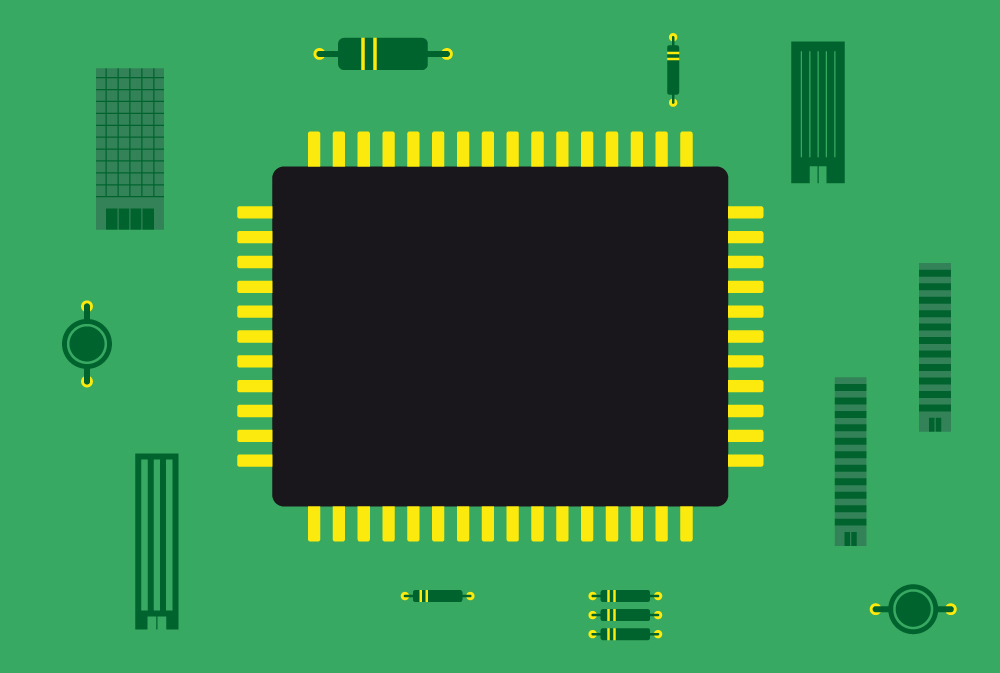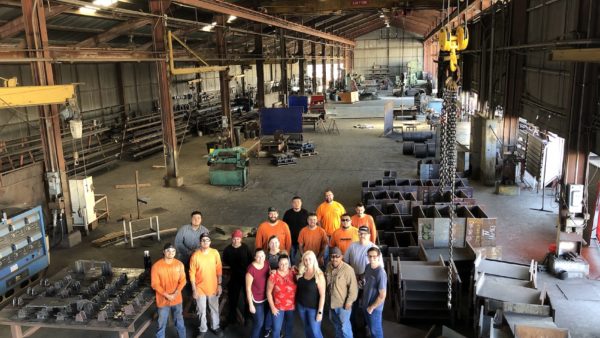
As the construction industry has evolved, its advances have been most noticeable in the equipment used on site, and it is easy to forget that the industry has also made advances in adopting tech and data analytics behind the scenes.
The problem is that the industry overall has been inconsistent in how it uses data to its advantage. For instance, it has not focussed on accessing valuable “dark data” at its disposal. Gartner defines dark data as the information organisations routinely collect, process and store but fail to use for other purposes.
According to a white paper from FMI, 95% of all data captured in construction and engineering goes unused. There is not much incentive to search for these insights when people are inclined to rely on their memory, knowledge and experience.
But artificial intelligence (AI) may help improve construction productivity by going beyond memory and gut instinct.
Our tacit knowledge is escaping
The years of collective experience in the construction industry are invaluable, but at other times it can lead to unintentional biases that prevent teams from tackling old problems in new ways.
Also, as in other vertical markets, construction managers are rapidly ageing out of the industry, and are taking their tacit expertise with them.
But there could be new ways for construction sites to better access the collective memory and anecdotal experience of their workers, especially before the oldest of the bunch retire – namely through AI technologies.
How AI can help
When AI tools work at their best, they reveal valuable situational context and insights that can dramatically improve outcomes, which is why early movers in the construction industry usually experience huge competitive advantages when these tools are adopted.
The crucial part is that these early movers are taking a leap of faith in tools that are not all proven yet, tools that can assist the collective memories and gut instincts of an industry.
We believe that accessing dark data with AI can enable better decisions to reduce waste, save money, and raise productivity.
For example, AI tools excel in analysing critical lead-time information experienced in previous, similar projects and then making suggestions based on the data. AI can tap into information such as:
- Learned experiences of lead time for specialist materials, such as cross-laminated-timber or glulam, custom mill-work, interior lighting, custom doors or windows;
- Previously stored notes in daily logs on past risk avoidance results, installation success or failure, and best practices for tackling specific situations;
- Health and safety reports that captured injury incidents at identifiable stages or conditions that will probably reoccur;
- Seasonal traffic and weather situations that were recorded by the project manager;
- Installation notes from subcontractors that discovered and recorded more efficient means to execute a set of tasks;
- Punch list and snagging reports, that might be analysed for patterns that suggest reoccurrence.
Coming generations of workers have grown up in the tech era. Most construction workers now have smart phones and use apps, so AI will not be a big step for users and it could help companies attract and retain new talent.
- Richard Harpham is the chief revenue officer of Slate Technologies. Prior to Slate, he led the software commercialisation efforts for construction startup Katerra.










